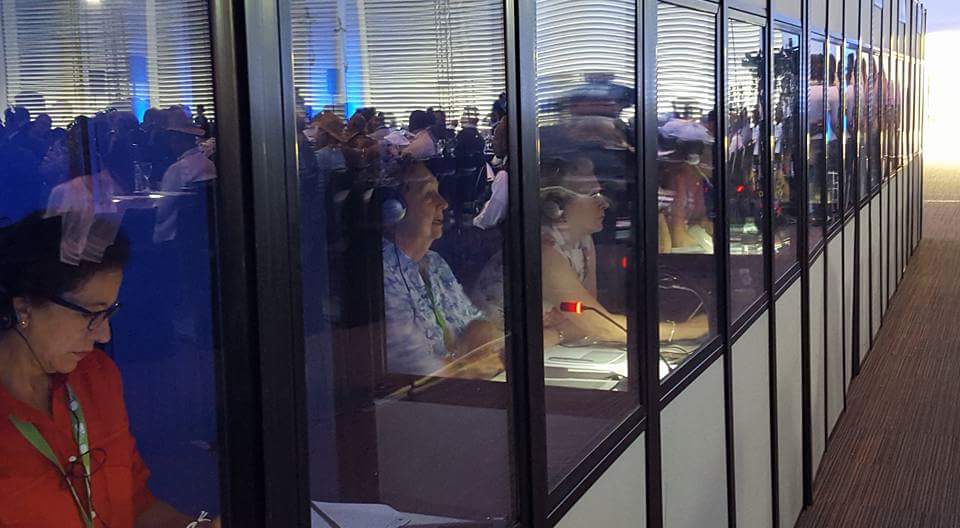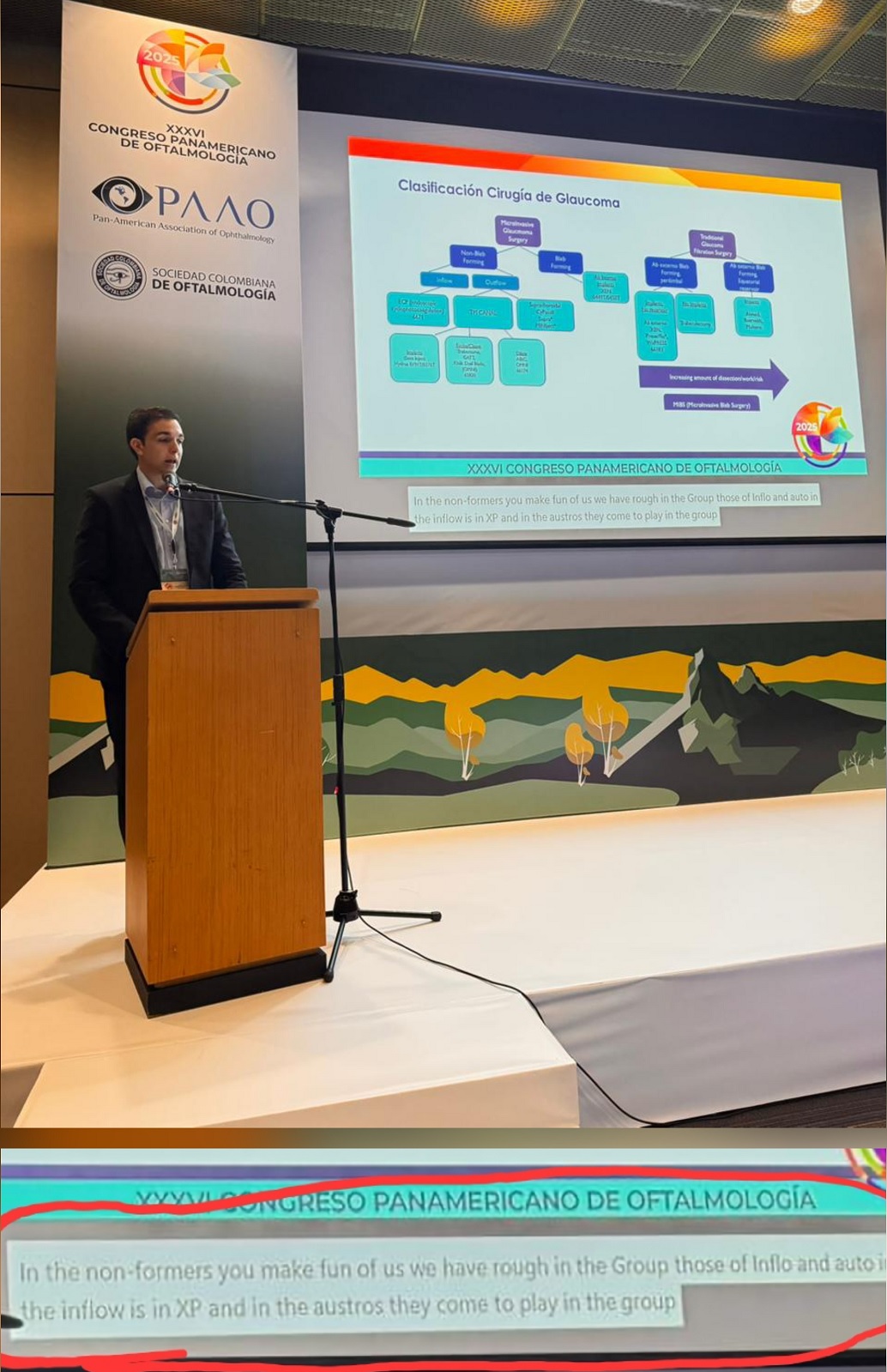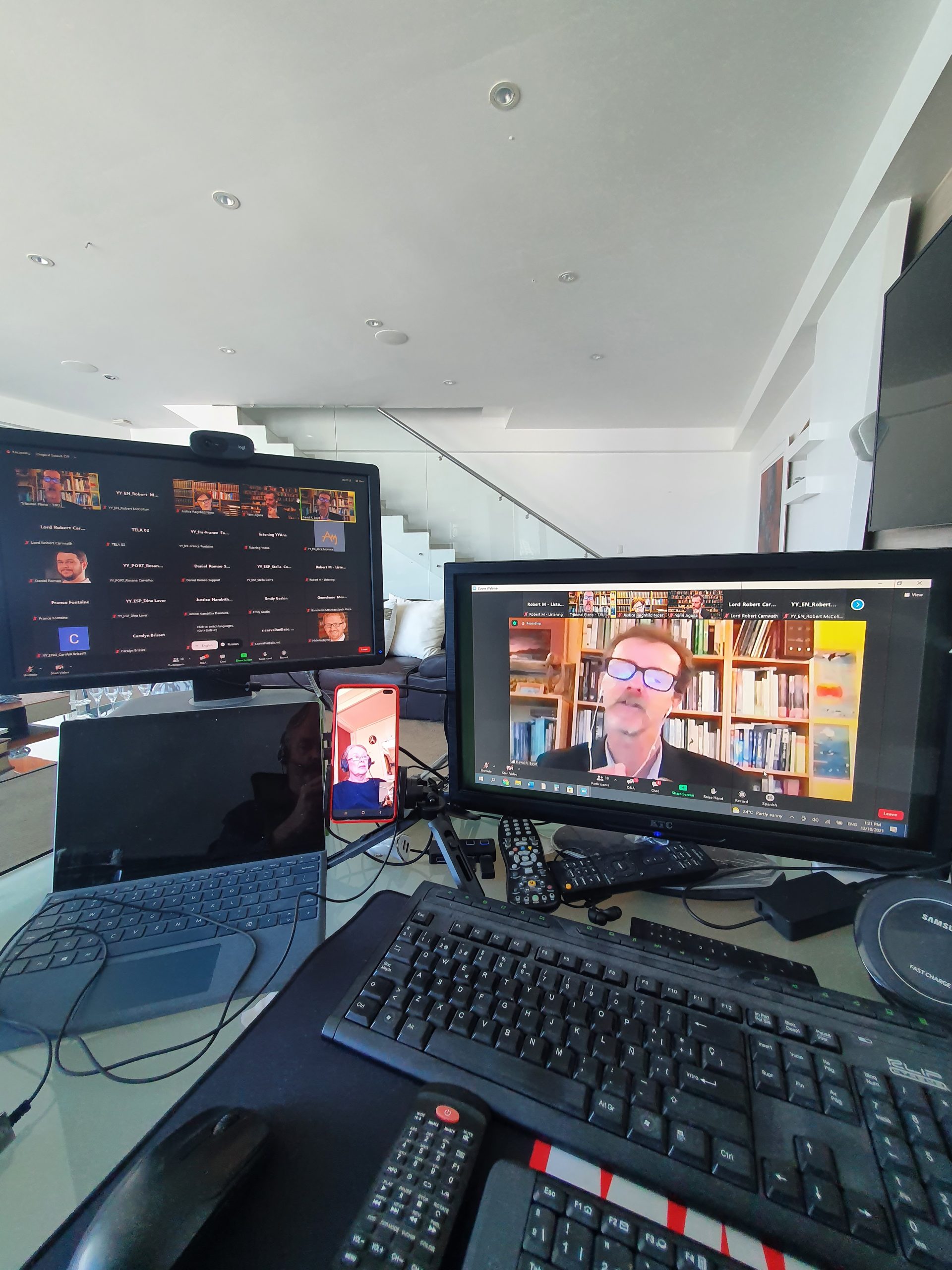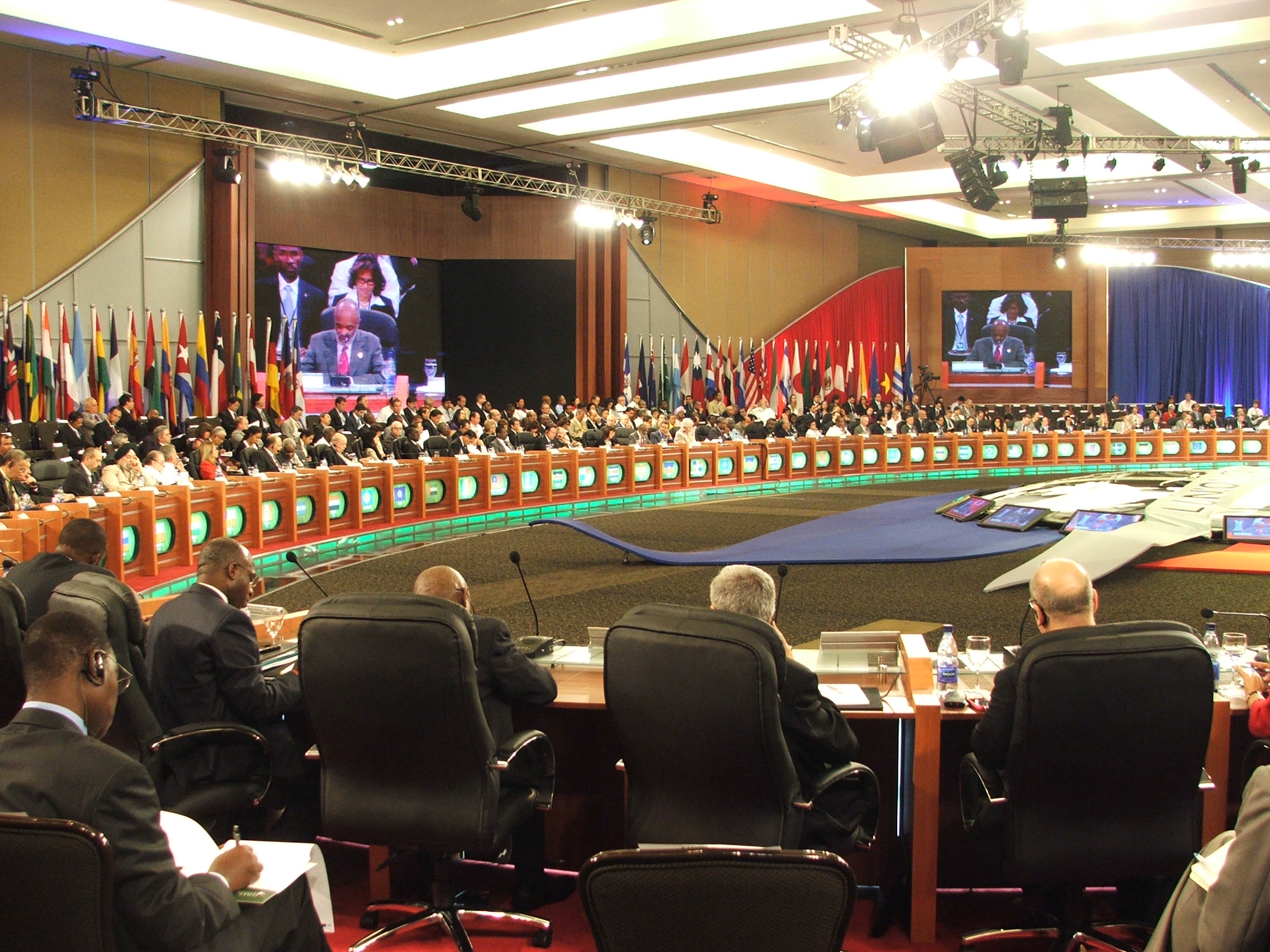Simultaneous interpretation at conferences plays a vital role in international communication today, bridging language barriers in real-time and making it possible for people from around the world to understand each other instantly. However, it hasn’t always been this way. The development of simultaneous interpretation was a journey that spanned much of the 20th century, growing out of a need for speed and efficiency that traditional methods couldn’t meet.
The Roots of Interpretation: From Ancient Markets to Diplomacy
Interpretation itself is not a modern invention. In ancient Greece and Rome, interpreters helped merchants and diplomats navigate communication with people who spoke other languages. But back then, the standard was consecutive interpretation: the speaker would talk, pause, and then wait for the interpreter to translate, which made conversations slower. As global events became more common and the demand for quick, clear communication increased, people began looking for a way to streamline this process.
A Pivotal Moment: Simultaneous Interpretation at the Nuremberg Trials
The modern form of simultaneous interpretation really took off after World War II, especially with the Nuremberg Trials, where top Nazi leaders faced justice for war crimes. These trials, held from 1945 to 1946, were groundbreaking not only for their legal importance but also for introducing simultaneous interpretation on a large scale. Interpreters, equipped with headsets, listened to the speaker in one language and translated almost instantly into another language, which participants could then hear through their own headphones. This setup was a game-changer for international communication and set the stage for simultaneous interpretation as a professional field.
IBM provided the technical equipment for these trials, which included microphones, headsets, and an audio distribution system. Interpreters worked in booths, making it possible for attendees to listen to different languages at the same time. Although there were technical challenges, and the interpreters were under intense pressure, this system paved the way for what we know today as professional simultaneous interpretation.
Making Simultaneous Interpretation a Standard Practice
After Nuremberg, simultaneous interpretation was quickly adopted by major international organizations, especially the United Nations (UN), which was founded in 1945. The UN’s assemblies and conferences used simultaneous interpretation to ensure effective, instant communication among delegates from different countries. This was essential for the UN’s mission, as it had multiple official languages—English, French, Spanish, Russian, Arabic, and Chinese—each requiring skilled interpreters to keep up with the fast pace of diplomatic discussions.
Simultaneous interpretation then spread to other international organizations, including the European Union, the World Bank, the Organization of American States (OAS), and the International Monetary Fund (IMF). Each of these organizations presented unique challenges for interpreters, who needed not only strong language skills but also a deep understanding of the specific protocols and terminology of each institution.
Technology Takes the Field Forward
As the 20th century progressed, technology for simultaneous interpretation continued to improve. By the late 1950s and early 1960s, audio and transmission systems became more sophisticated, which made interpreting a bit easier and reduced some technical hiccups. Conference rooms began to feature standardized interpretation booths and audio setups, creating a more comfortable and effective workspace for interpreters.
With the introduction of wireless transmission and digital technology in the late 20th and early 21st centuries, the field advanced even further. Digital systems improved sound quality and allowed for better management of language channels, making interpretation even more accurate and efficient.
Simultaneous Interpretation in the 21st Century: Digital Platforms and New Challenges
Today, simultaneous interpretation remains a key component of international conferences, meetings, and events. Technological advancements have brought the service into the digital age, with platforms that allow interpreters to work remotely via the internet. This innovation proved invaluable during the COVID-19 pandemic, when most conferences moved online. Video conferencing tools like Zoom now offer interpretation functions, allowing interpreters to work from anywhere with the same effectiveness as in person.
Despite these technological advances, simultaneous interpretation still demands highly skilled professionals. It’s a field that requires more than just language fluency—interpreters need exceptional concentration, quick thinking, and thorough knowledge of the topics being discussed. Though AI and automatic translation tools have become more sophisticated, human interpreters remain irreplaceable when it comes to understanding the nuances and subtleties that are critical in international settings.
A Lasting Legacy of Connection Across Borders
The history of simultaneous interpretation is deeply tied to our world’s growing interconnectedness and our need for communication across cultures and languages. From the Nuremberg Trials to today’s digital platforms, this field has evolved tremendously, driven by the need for fast, accurate, and accessible communication. Thanks to the dedication of interpreters and the steady advancement of technology, simultaneous interpretation has allowed people from diverse linguistic backgrounds to connect, collaborate, and work together to solve common problems, overcoming language barriers at some of the most important moments in modern history.




